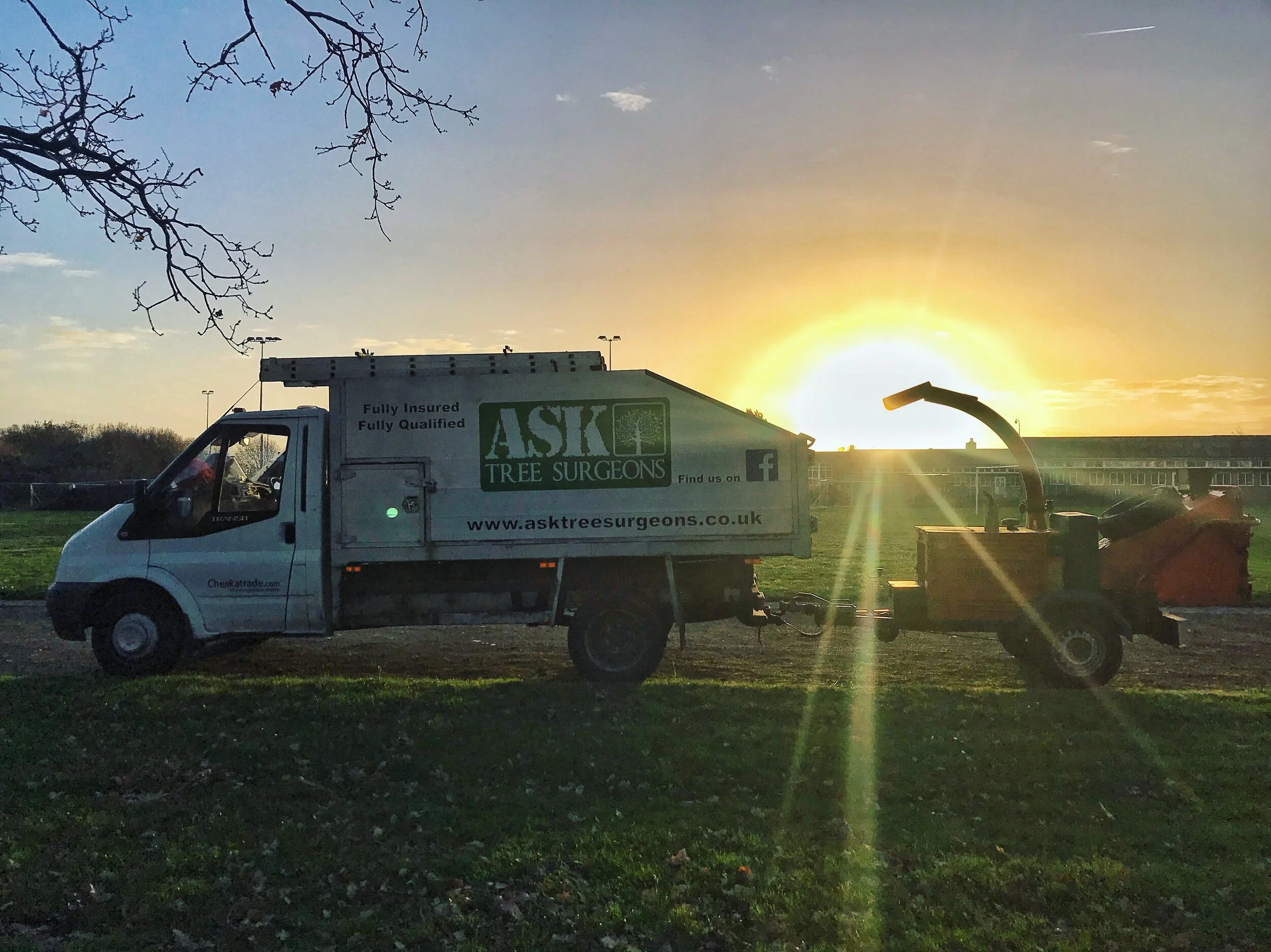Tree reduction services
When reducing a tree, the idea is to reduce the size of the canopy. Both the height and the width of the tree can be reduced, or just one, depending on the desired outcome and reason for reducing.
There can be several reasons for wanting to reduce a tree, for example:
Reduce the overall weight of potentially dangerous limbs
Some branches can become very heavy over years of growth and, in time, can fail. This is usually due to a combination of high wind, snow, or an issue with the tree itself. It is recommended to reduce these “weight bearing limbs” to help minimise the chance of the branch failing.
Balance the canopy of a tree
There can be several reasons why a tree may become unbalanced. For example, following storm damage or an area of the tree has died. This can usually be fixed by reducing the overall tree or a specific area, leaving a more natural shape.
Prevent trees obstructing or damaging buildings or property
Sometimes trees aren’t planted in the best of locations and, for example, there may be branches in close proximity of buildings or even touching. A tree reduction would then allow good clearance between the trees and the building. Another example could be a tree that, in time, has grown to blocked a view or light to the house, so reducing the size of the tree will help resolve this while still keeping the tree at a desired height.
Time of year
Depending on the species of tree, and how much you wanting the tree size reduced, there is a good and bad time of the year to prune trees. For example, if it’s a non blooming tree, a shrub or a summer blooming tree/shrub, this should be pruned in late winter when the tree is dormant. This will help the tree recover and heal faster, as well as reducing the risk of disease or pest infestation. If you’re considering heavily reducing a tree, it would also be recommended to do so in late winter.
Prevent trees from interfering with overhead telephone and power lines
A lot of trees in front gardens are usually in close proximity of telephone or power lines. If the tree is in your property, you have a duty of care to monitor this and prevent interference. If you have small low level trees, then regular tree reductions should be carried out to help allow good clearance from the lines. On the other hand, if the tree is large enough, and the canopy is above the lines already, it is possible that the lower branches are interfering with the lines and a branch reduction could be necessary.


